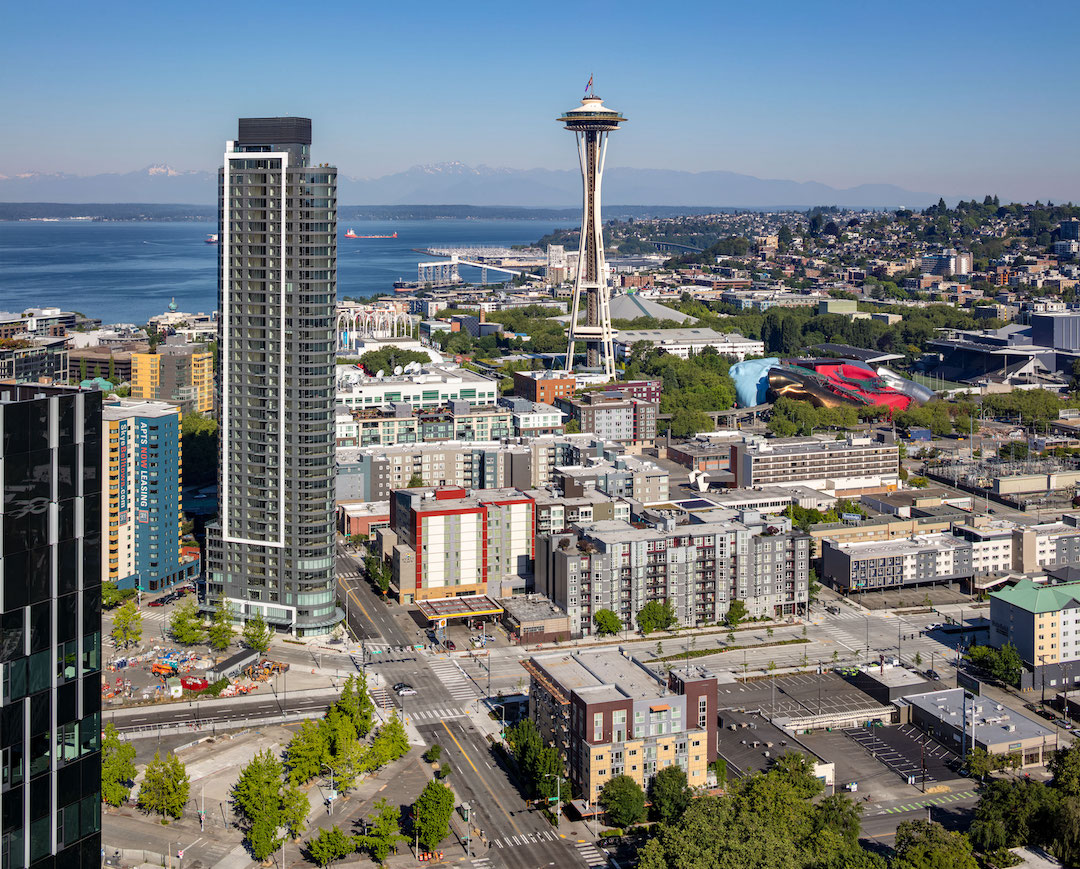Spire, a new 41-story, 440-foot-tall multifamily tower, has completed in Seattle. The luxury condo tower is the closest high-rise building in the city to the Space Needle. The VIA Architecture-designed project is located on an approximately 10,660-sf triangular site that provides views of Puget Sound, Lake Union, Mount Rainier, Mount Baker, and the Space Needle.
The slender tower includes a welcoming pedestrian environment at its base while the top two floors are dedicated to amenities that allow every resident to access and experience the panoramic views. Amenities are also included on Level 3 and the Ground Level and include private dining, a fitness club, a pet run, co-working space, a theater, bicycle storage, a pet wash station, and a lobby cafe.
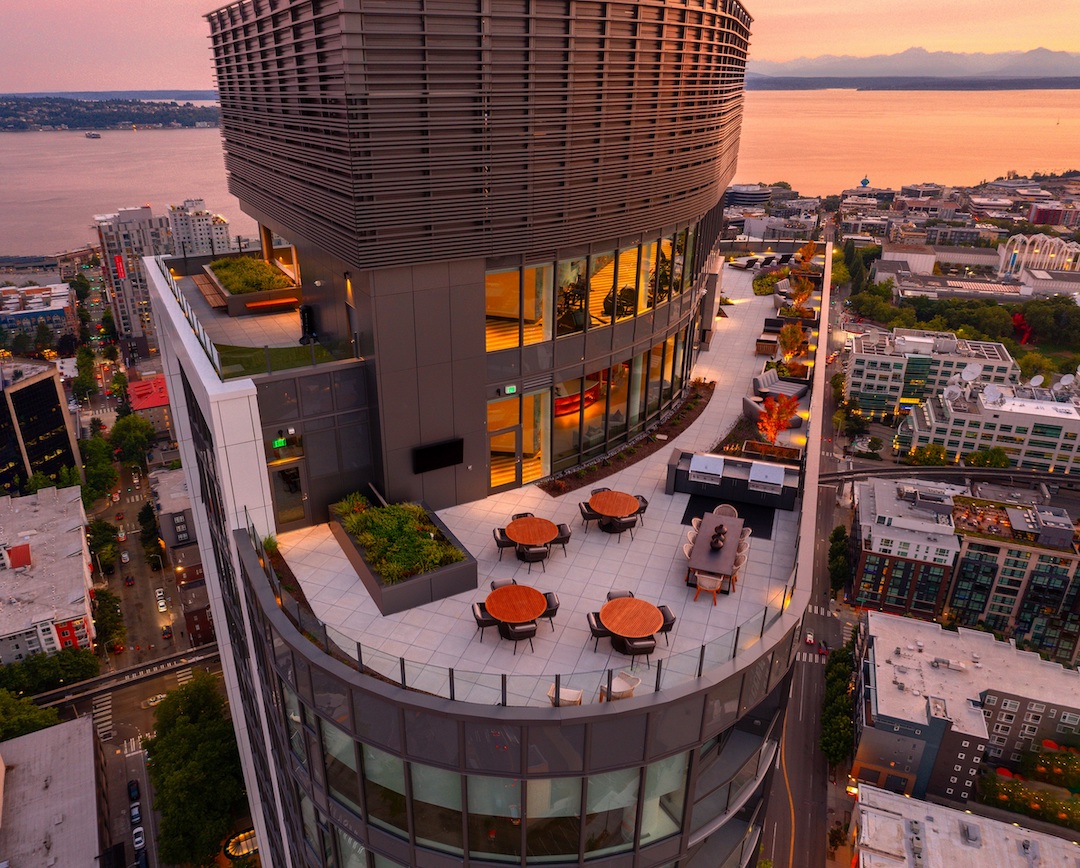
The project also features Seattle’s first fully-automated parking system. Drivers will simply drive their vehicles into one of three transfer cabins, exit the vehicle, and initiate the parking process. The Sotefin system does the rest.
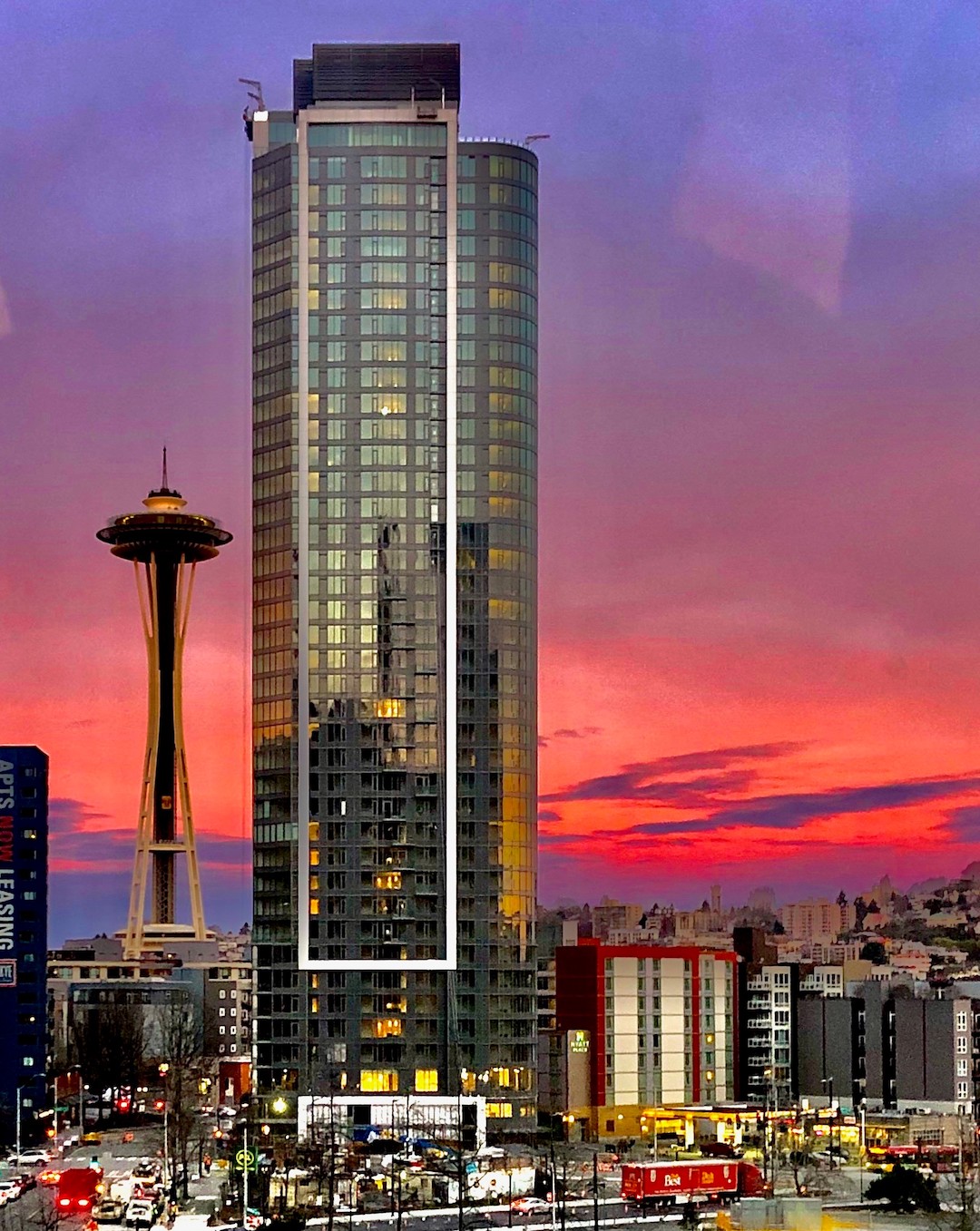
Floor plans are offered in one-, two-, and three-bedroom units. Residences include natural wood doors, engineered hardwood oak floors, energy efficient LED lighting, Whirlpool washers and dryers, custom kitchen islands with pendant lighting, and quartz countertops. Five penthouses are also included on Level 39 ranging from 670 sf to 2100 sf. The project’s designers removed an entire floor of residences from the building and redistributed the volume to offer market-leading ceiling heights of 9.6 feet for regular units and 10 feet for penthouses.
Laconia Development designed the project.
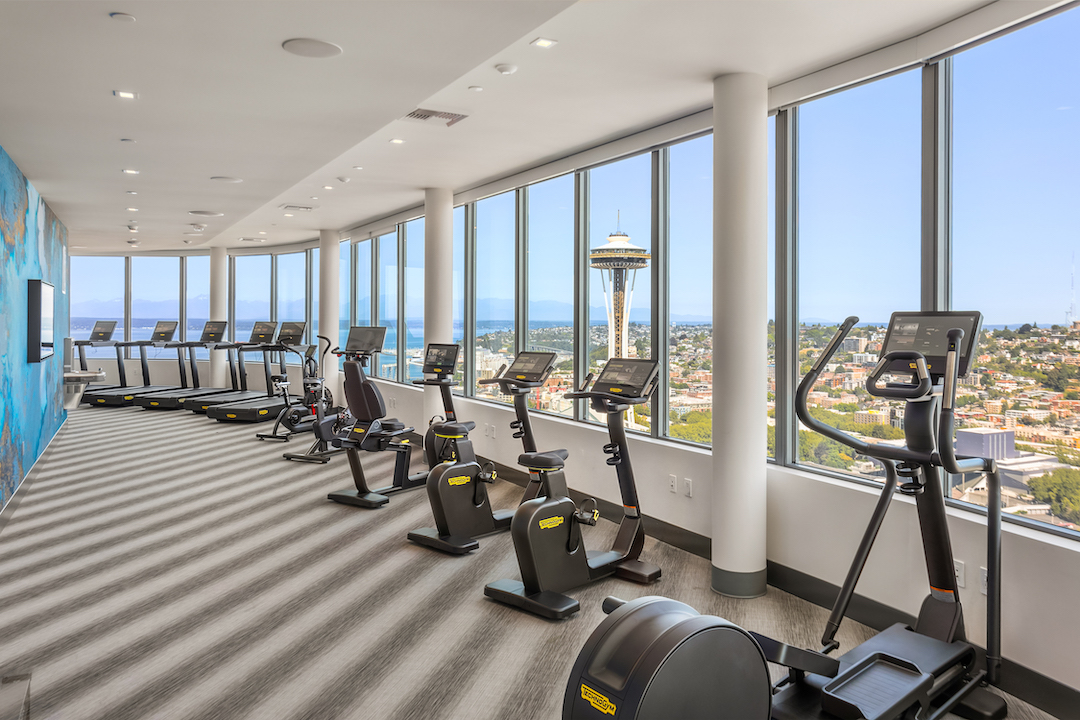
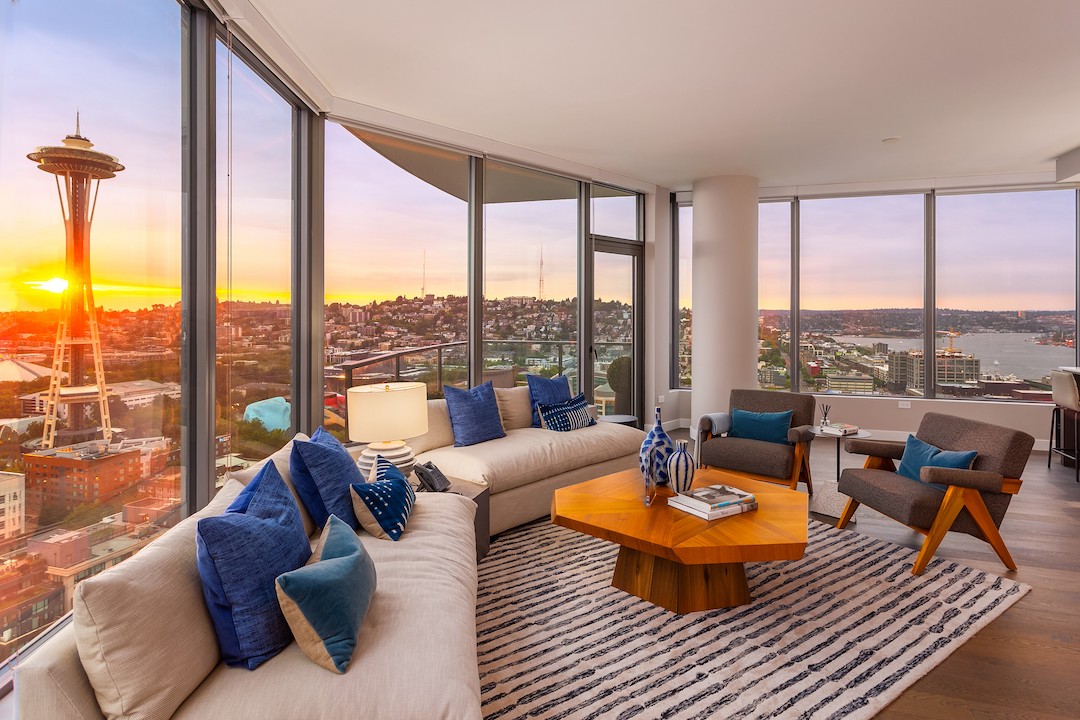
Related Stories
| Nov 7, 2014
Prefab helps Valparaiso student residence project meet an ambitious deadline
Few colleges or universities have embraced prefabrication more wholeheartedly than Valparaiso (Ind.) University. The Lutheran-based institution completed a $27 million residence hall this past summer in which the structural elements were all precast.
| Nov 3, 2014
Novel 'self-climbing' elevator operates during construction of high-rise buildings
The JumpLift system from KONE uses a mobile machine room that moves upward as the construction progresses, speeding construction of tall towers.
| Nov 3, 2014
Cairo's ultra-green mixed-use development will be topped with flowing solar canopy
The solar canopy will shade green rooftop terraces and sky villas atop the nine-story structure.
| Oct 31, 2014
Dubai plans world’s next tallest towers
Emaar Properties has unveiled plans for a new project containing two towers that will top the charts in height, making them the world’s tallest towers once completed.
| Oct 29, 2014
Better guidance for appraising green buildings is steadily emerging
The Appraisal Foundation is striving to improve appraisers’ understanding of green valuation.
| Oct 27, 2014
Studio Gang Architects designs residential tower with exoskeleton-like exterior for Miami
Jeanne Gang's design reinvents the Florida room with shaded, asymmetrical balconies.
| Oct 21, 2014
Passive House concept gains momentum in apartment design
Passive House, an ultra-efficient building standard that originated in Germany, has been used for single-family homes since its inception in 1990. Only recently has the concept made its way into the U.S. commercial buildings market.
| Oct 21, 2014
Perkins Eastman white paper explores state of the senior living industry in the Carolinas
Among the experts interviewed for the white paper, there was a general consensus that the model for continuing-care retirement communities is changing, driven by both the changing consumers and more prevalent global interest on the effects of aging.
| Oct 16, 2014
Perkins+Will white paper examines alternatives to flame retardant building materials
The white paper includes a list of 193 flame retardants, including 29 discovered in building and household products, 50 found in the indoor environment, and 33 in human blood, milk, and tissues.
| Oct 15, 2014
Harvard launches ‘design-centric’ center for green buildings and cities
The impetus behind Harvard's Center for Green Buildings and Cities is what the design school’s dean, Mohsen Mostafavi, describes as a “rapidly urbanizing global economy,” in which cities are building new structures “on a massive scale.”


